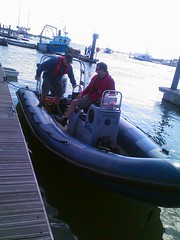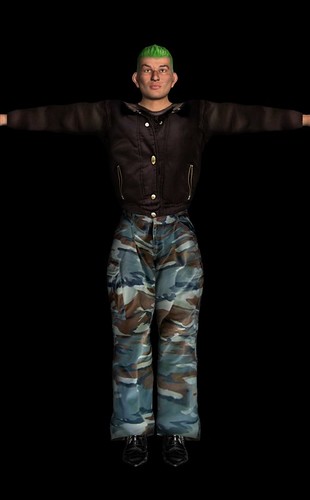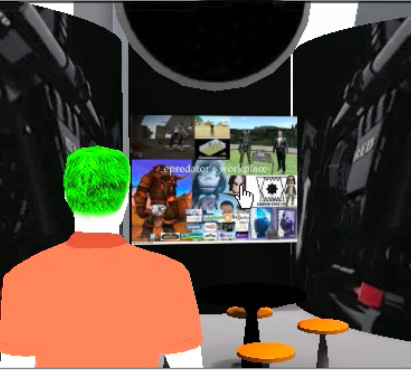I was chatting today to Andy Burns a longstanding friend and former colleague (wimbledon and interactive media centre etc.) about his recent project. He has been doing a huge amount of work with Faberge and their new rebranded website.

I found what had been done intriguing and also very related to the evolution of the web and to some extent to the values and drivers of virtual worlds.
So Faberge is an extreme luxury brand, most of us will never really be shopping with them will we? However the website is not a simple catalogue to show you nice pictures. It is geared around a shared web browsing experience between the client and a live consultant/sales person. Access to the site is only for those people who Faberge deem viable customers. Customers who do get access are directed and talked through the various pieces that suit them, the salesperson delivers pages to them, with ultra high bandwidth imagery of the products.
So Faberge are creating a true store online, one with staff, people connecting with people. Its very high end, but very much where the web, social media, virtual worlds etc fit. CNN reported on the press launch of some of this (see below). If you are rich enough to get on the site, well you wont be reading this blog will you?
The other interesting things is that this shared browsing, joining other on webpages is one of the key points in the recently of stealth Operation Turtle. This may mean that in the future we will be able to shop and research together just as we do in 3d virtual worlds, with both friends and representatives of companies (when needed) without needing a highly expensive build to do it. Its people in the equation that makes a difference. It is why education works online when you have teachers and students in the same place, on the same page, looking at the same thing (not just filling in forms). Obviously we don’t need this for all products and services, but the ones that we do need it for working with people will make all the difference.
Andy happened to pop over to near where I live in his boat (hence the conversation), Ricky came along too. All very Rock and Roll I think you will agree? No Faberge samples changed hands either!





 In exploring various virtual worlds it is always good when you are able to try some of your own content and interact with a space. My friends at Nortel let me use some space in
In exploring various virtual worlds it is always good when you are able to try some of your own content and interact with a space. My friends at Nortel let me use some space in 